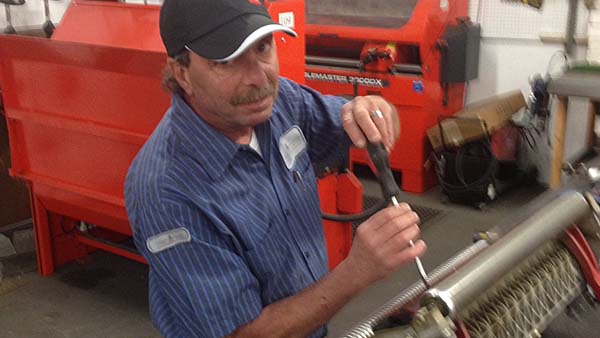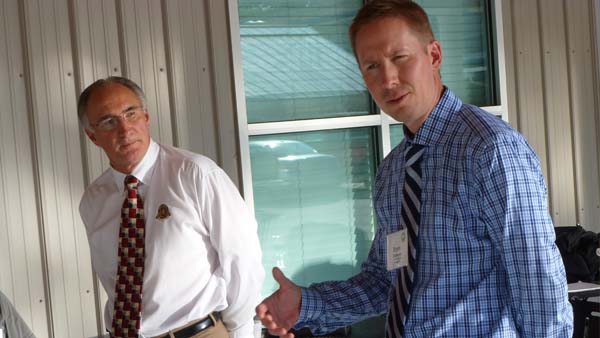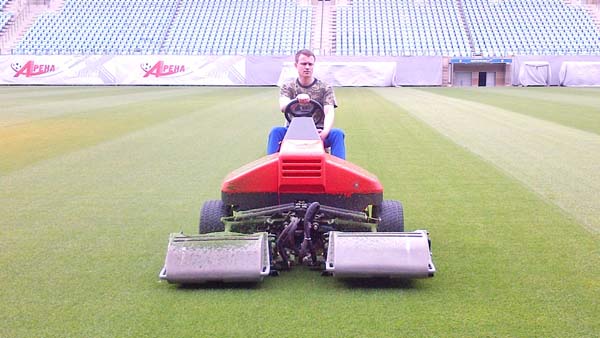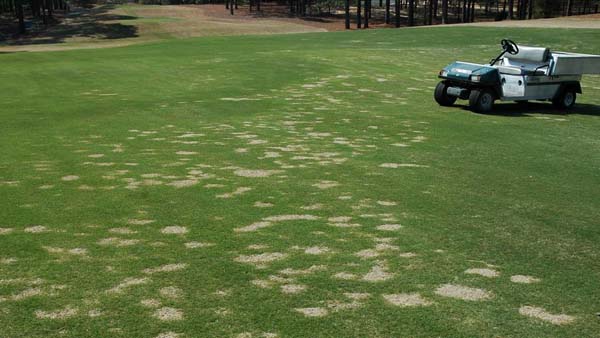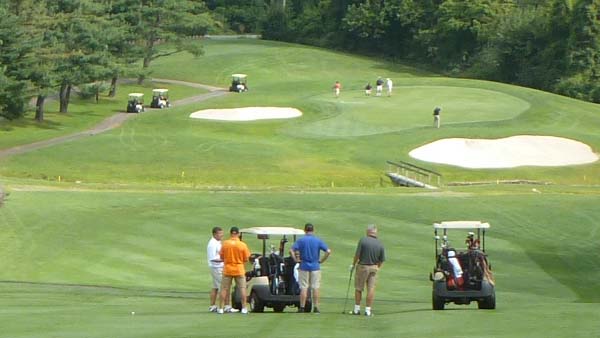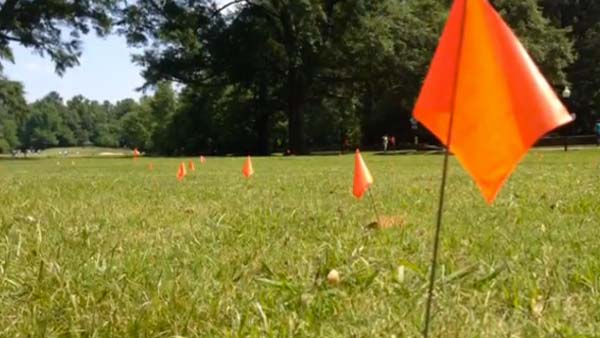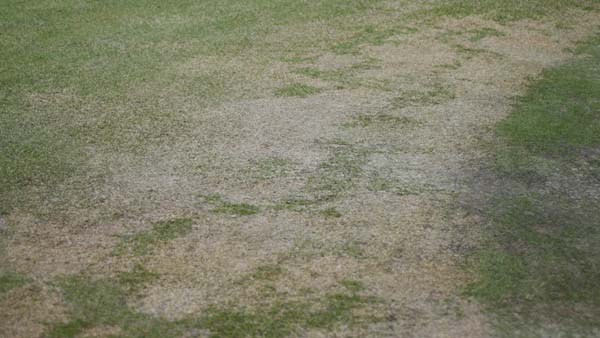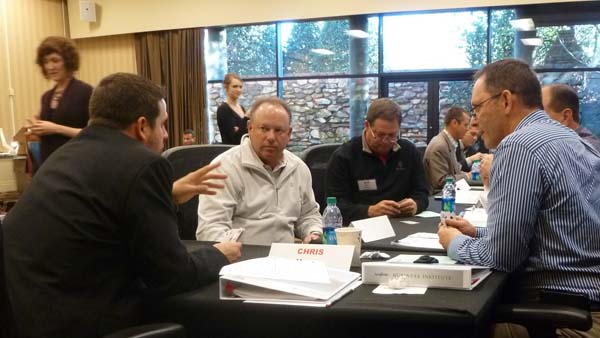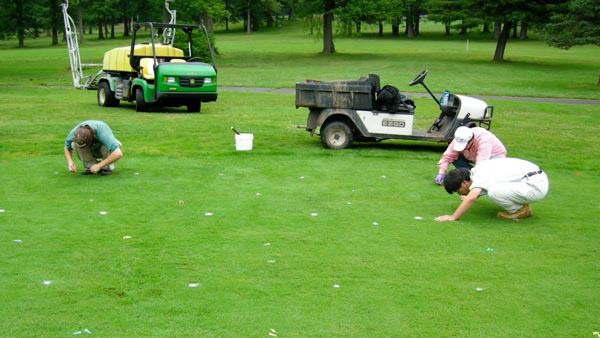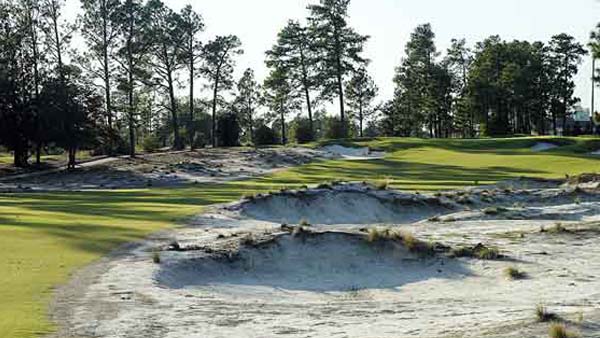
Jack of all trades
By John Reitman, in News,
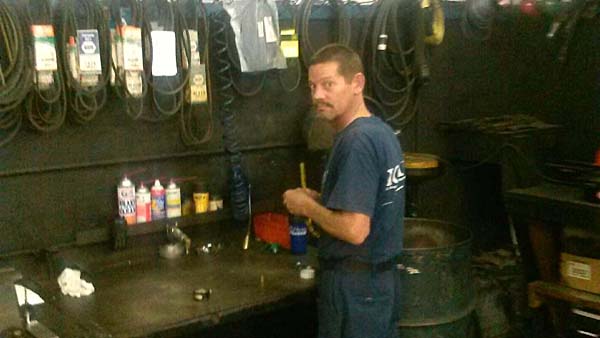
Brian Aiken, Kings Point Golf Course, Delray Beach, Florida
Being a golf course equipment manager often requires ingenuity and creativity, especially at a low-budget operation with high-budget expecations. When a leak recently emerged on the pickup superintendent William Jeffrey drives at Kings Point Golf Course in Delray Beach, Florida, equipment manager Brian Aiken used a fog-making machine that people use on their front porch to scare trick or treaters at Halloween to isolate the problem. "He can troubleshoot and diagnose just about anything," said Jeffrey. Aiken is a second-generation mechanic who learned the trade from his father. He has been the equipment manager at Kings Point since 1993, and in that time, he's repaired pieces of equipment others might have condemned as scrap, fabricated tools out of odds and ends to fit a specific need and keeps reels sharpened to a razor's edge at a property with 36 holes of par 3 and executive golf covering 120 acres of managed turf and 30 acres of common area nestled among 7,200 private residences and a maintenance budget of less than $600,000. Aiken's monthly budget for all equipment maintenance and repairs is $2,500. "He's a one-man show at a low-budget operation, but we have every piece of equipment you can imagine," Jeffrey said. Aiken has been named one of three finalists for the TurfNet Technician of the Year Award, presented by Toro. When Meadowbrook Golf took over management of the Kings Point last year, the course inherited a 20-year-old tractor that didn't work from a nearby sister property that told Jeffrey "If you can fix it, you can keep it." The dealer representing the OEM wanted $4,500 for a single part to keep the relic running. Aiken was able to get it back onto the golf course for a third of that cost. "He could have thrown his hands up and told me he couldn't fix it," Jeffrey said. "He can fix stuff over and above normal." That's an important skill at a place like Kings Point, where there is no offseason and golfers arrive early every day making it necessary for the grounds crew to get an early start. "Brian is without a doubt the best mechanic I've ever had in my 40 years in golf turf maintenance," Jeffrey said. "He can do it all. He is a master at all kinds of engine diagnostics and repairs. That's important here. "This place is busy, busy, busy. By 7 a.m. they are teeing off on both courses, and we have to move them around the course. We do everything on the front nine of both courses in the dark." The winner of the TurfNet Technician of the Year Award will be named this summer, and will receive the Golden Wrench Award and a spot in the Toro Service Training Academy at the company's headquarters in Bloomington, Minn. Previous winners include Brian Sjögren, Corral de Tierra (California) Country Club (2013); Kevin Bauer, Prairie Bluff (Illinois) Public Golf Club (2012); Jim Kilgallon, Connecticut Golf Club (2011); Herb Berg, Oakmont (Pennsylvania) Country Club (2010); Doug Johnson, TPC at Las Colinas, Irving, Texas (2009); Jim Stuart, Stone Mountain (Georgia) Golf Club (2007); Fred Peck, Fox Hollow and The Homestead, Lakewood, Colorado. (2006); Jesus Olivas, Heritage Highlands at Dove Mountain, Marana, Arizona (2005); Henry Heinz, Kalamazoo (Michigan) Country Club (2004); Eric Kulaas, Marriott Vinoy Renaissance Resort, St. Petersburg, Florida (2003). No award was given in 2008.
- Read more...
- 3,641 views

